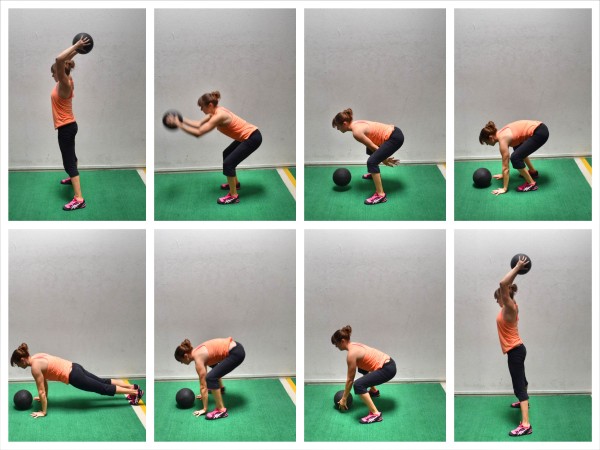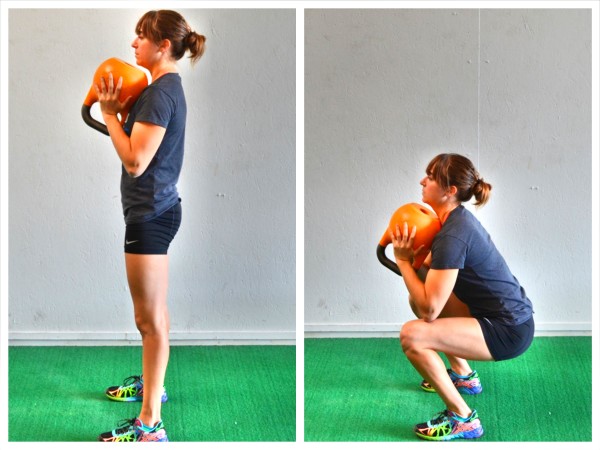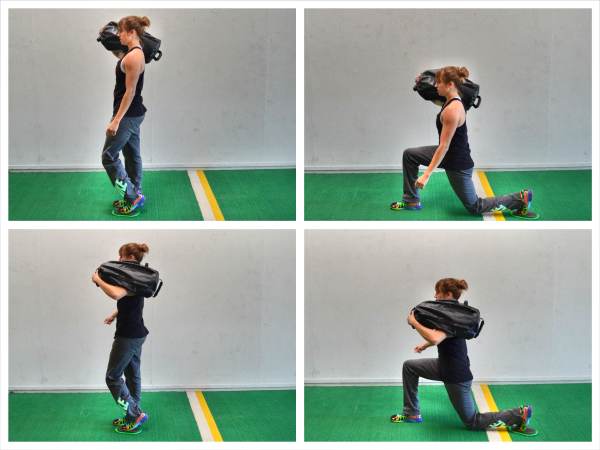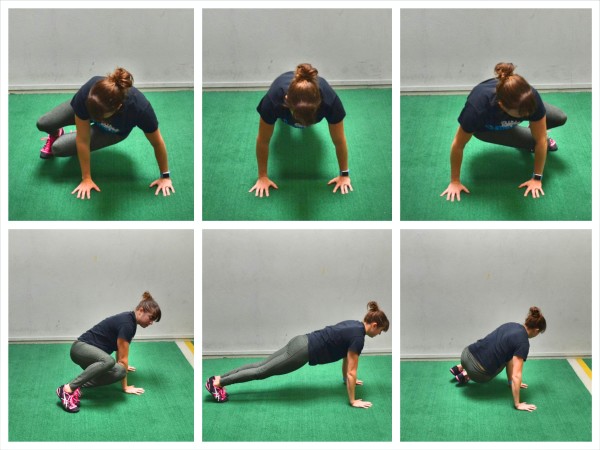
by Cori Lefkowith | Dec 11, 2015
This content is for members only

by Cori Lefkowith | Dec 4, 2015
This content is for members only

by Cori Lefkowith | Nov 25, 2015
This content is for members only

by Cori Lefkowith | Nov 23, 2015
This content is for members only

by Cori Lefkowith | Nov 23, 2015
ROLL OUT Wrists/Forearms Chest Shoulders/Traps/Upper Back Lats Thoracic Extension (Below in the Exercise Descriptions are some basic moves for the areas.) STRETCH 10 reps Wrist Extension 10 reps Wrist Flexion 10 reps Kneeling Thoracic Extension and Lat Stretch 10 reps...






